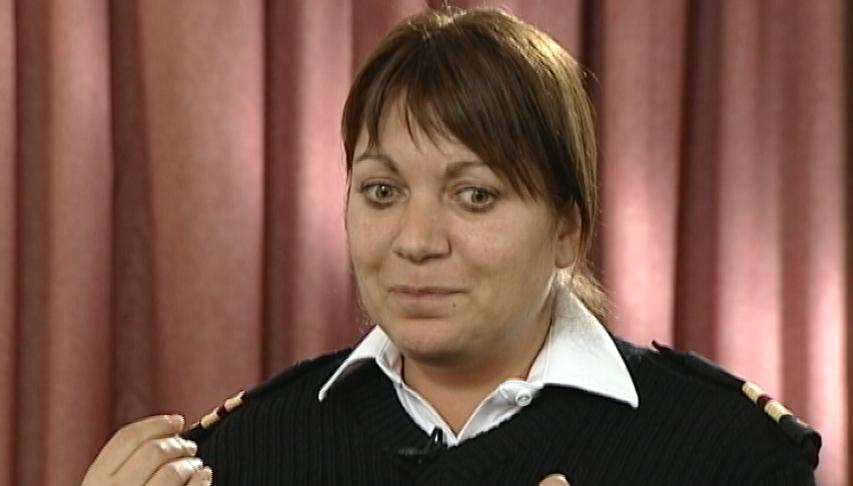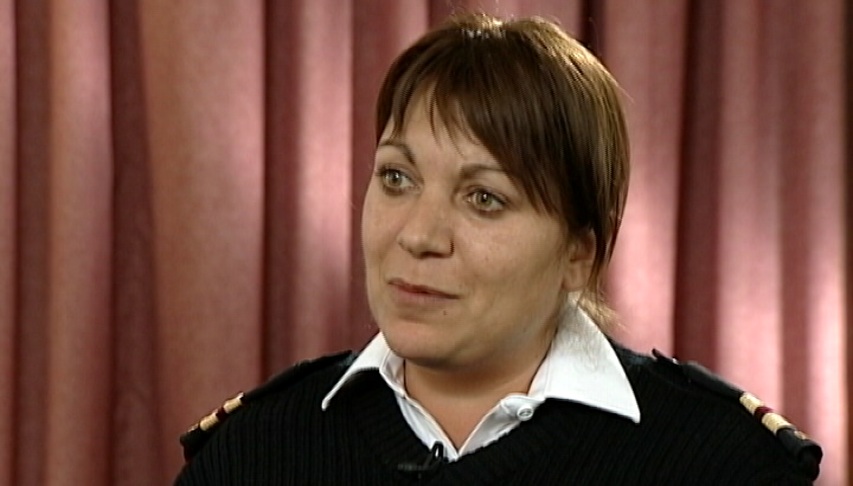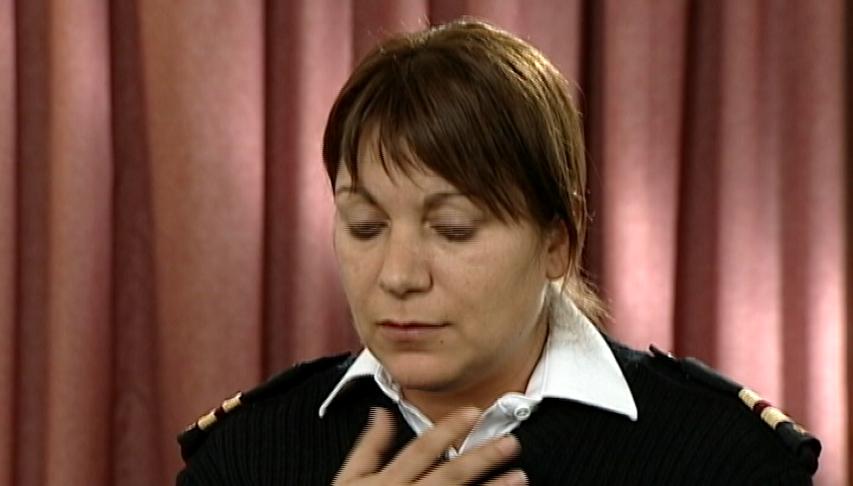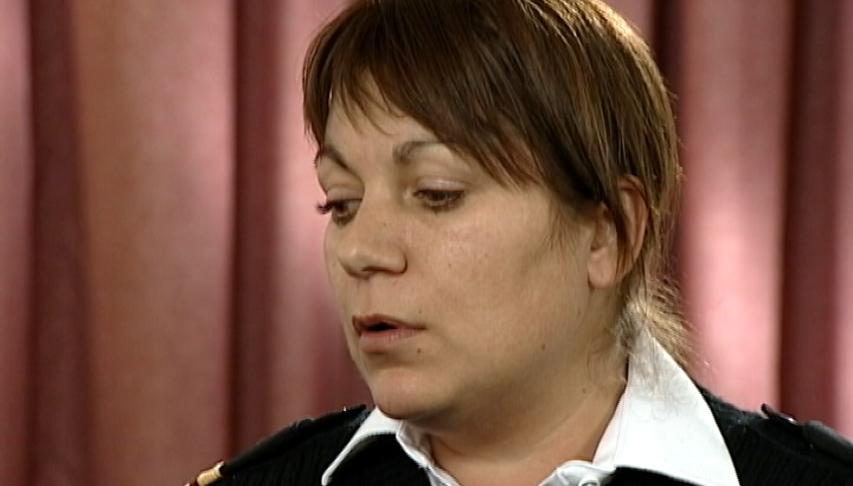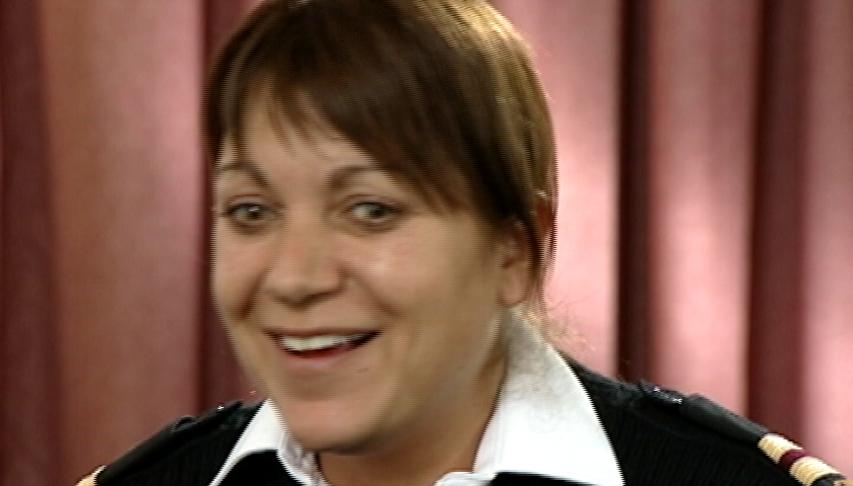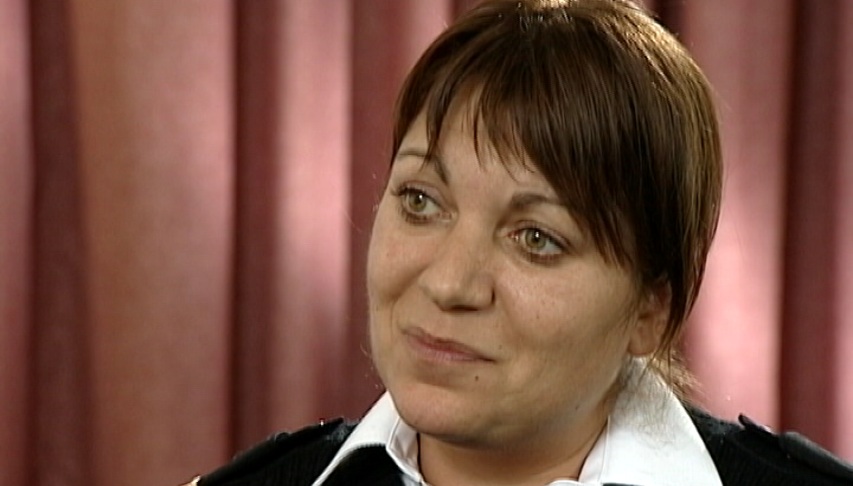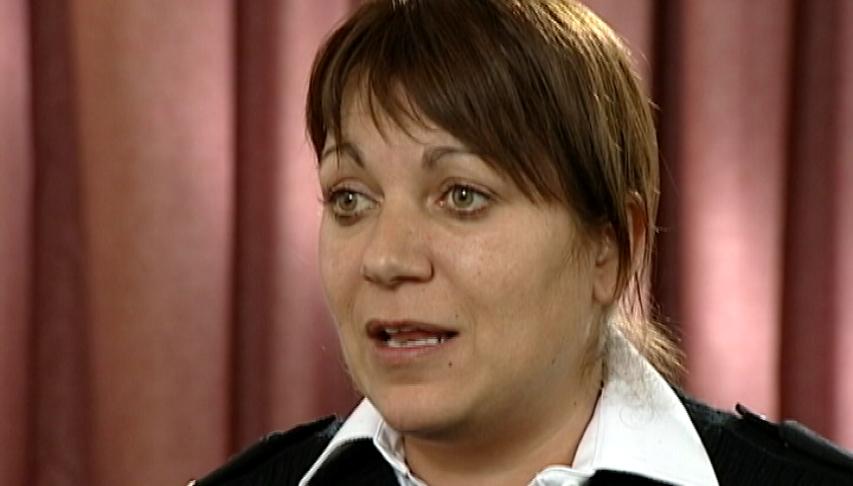Injuries And Trauma
Heroes Remember
Injuries And Trauma
Transcript
Description
Ms. Streppa describes the types of injuries that were treated in the Kandahar field hospital, and describes her most memorable patient, a young Afghan mother who, for her, symbolized why Canadians are in Afghanistan.
Joanna Streppa
Ms. Streppa was born in Montreal. She joined the Canadian Forces in 1989 as a non-commissioned member and trained as a Naval Signaller. From 1990 - 1997 she was employed in the Halifax area with the exception of a two year tour at the National Defense Headquarters in Ottawa. After obtaining her Nursing degree from Dalhousie University, Ms. Streppa received her Officer Commission, specializing in Critical Care, and in 2004 was promoted to rank of Lieutenant. In February 2006, she accepted a deployment to Afghanistan/Kandahar and was employed as a Staff Officer within the Canadian Forces Health Services Group Headquarters upon her return.
Meta Data
- Medium:
- Video
- Owner:
- Veterans Affairs Canada
- Recorded:
- February 10, 2008
- Duration:
- 3:02
- Person Interviewed:
- Joanna Streppa
- War, Conflict or Mission:
- Canadian Armed Forces
- Location/Theatre:
- Afghanistan
- Branch:
- Army
- Units/Ship:
- Canadian Forces Medical Corps
- Rank:
- 1st Lieutenant
- Occupation:
- Medical Personnel
Related Videos
- Date modified:



